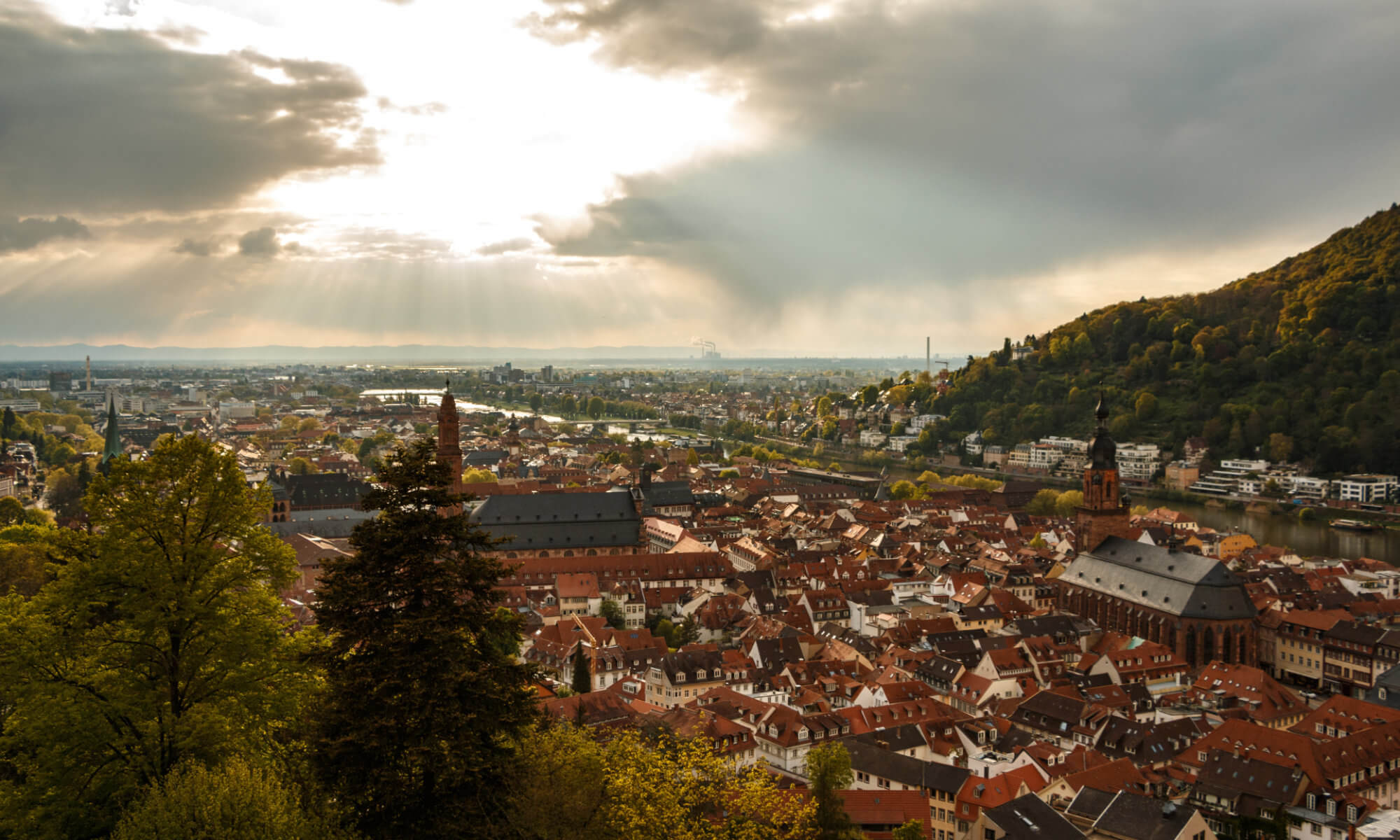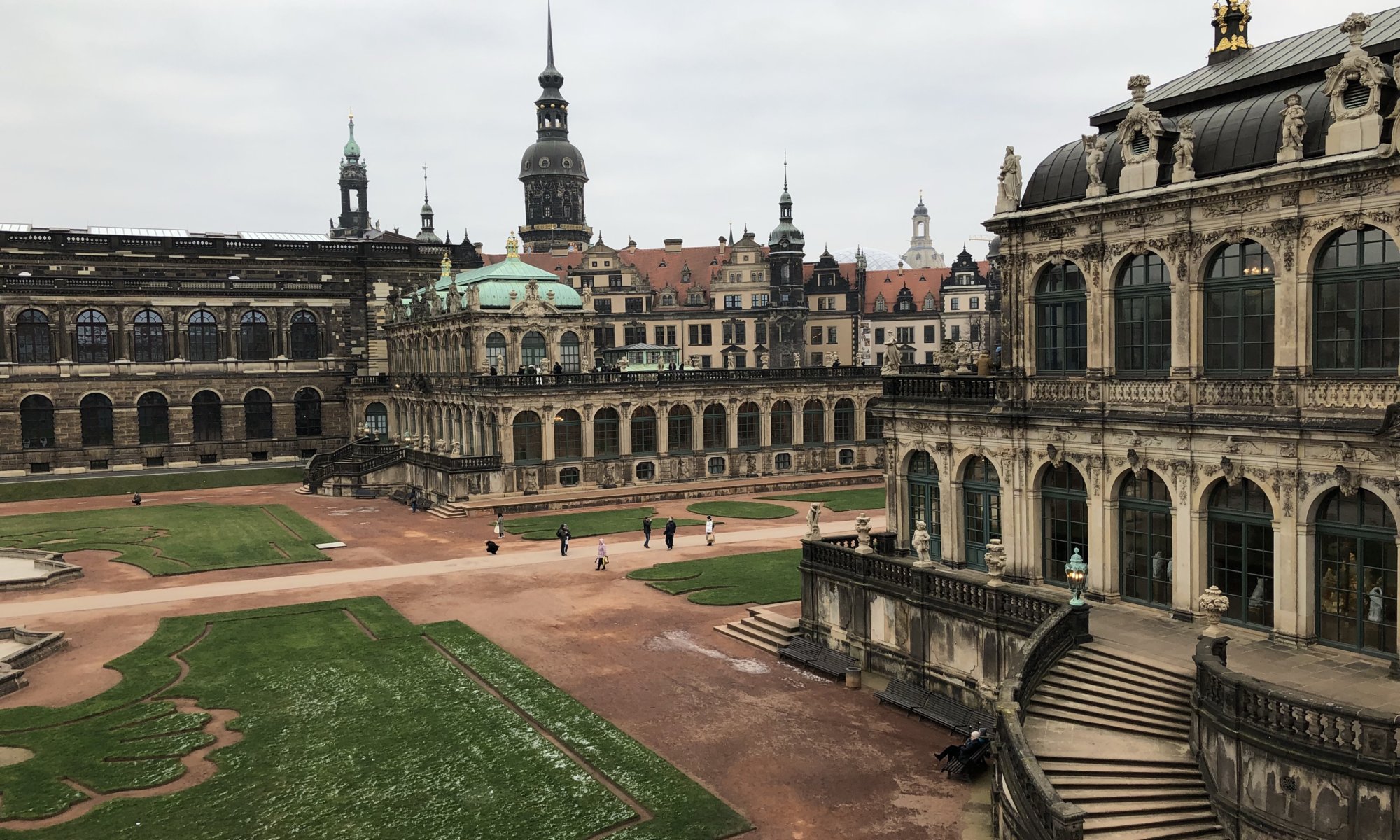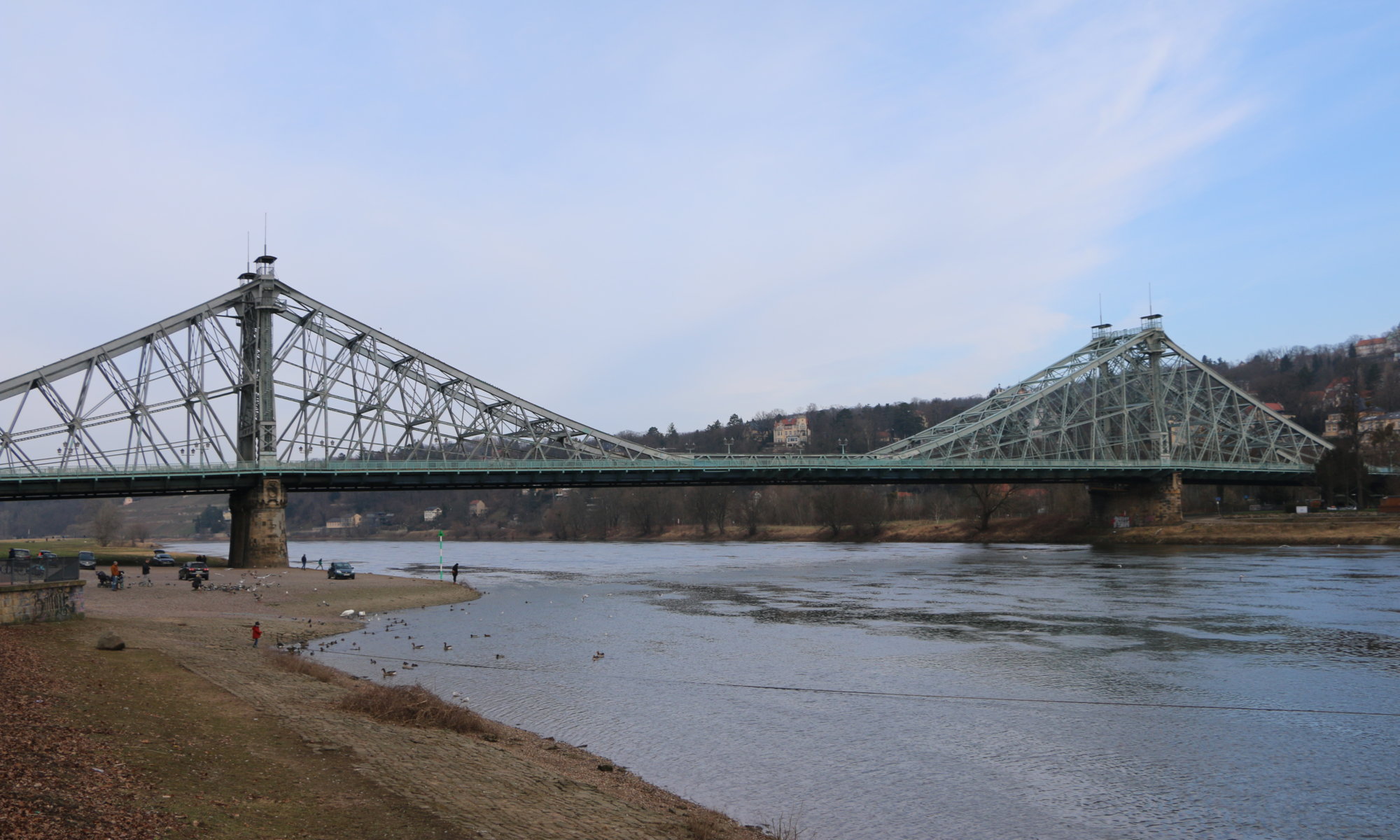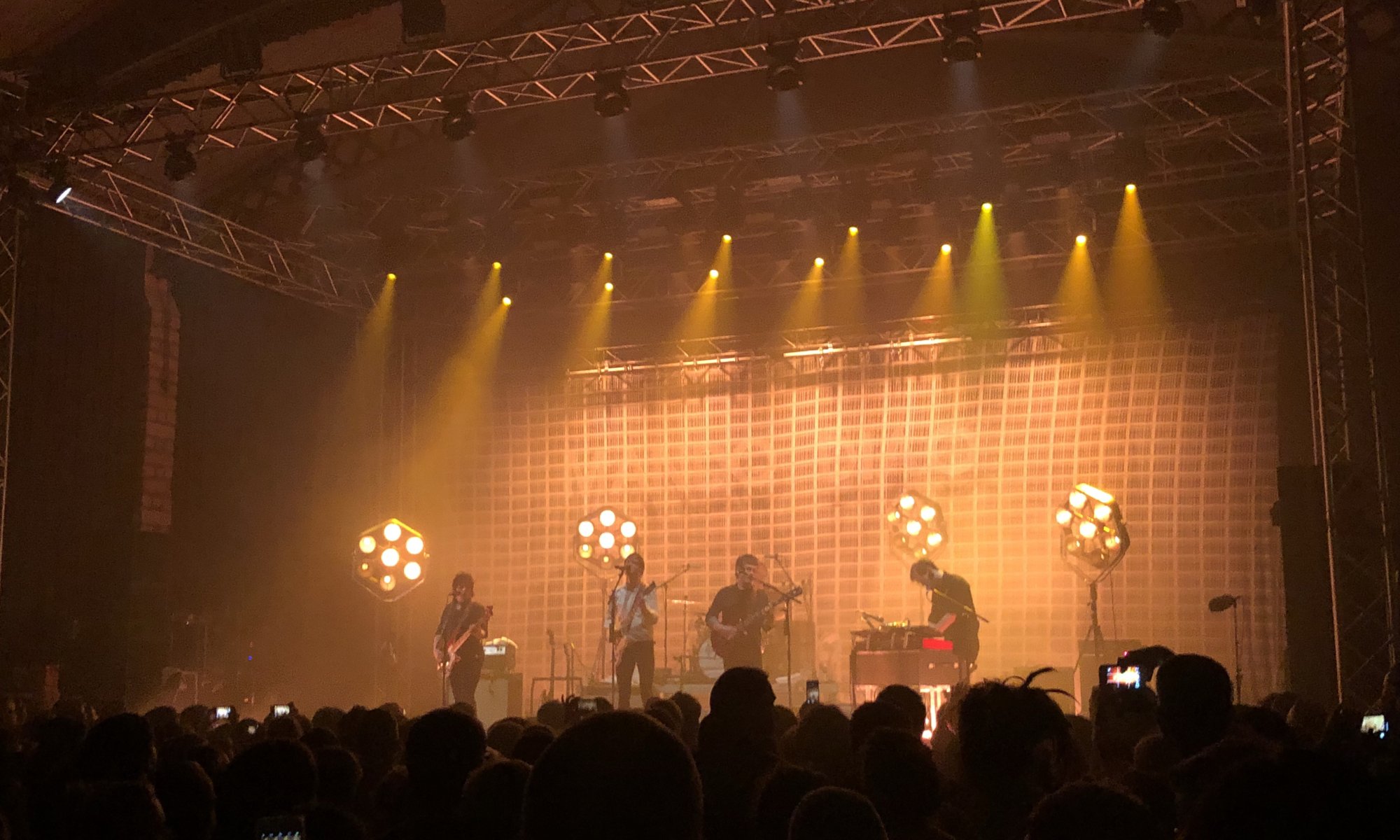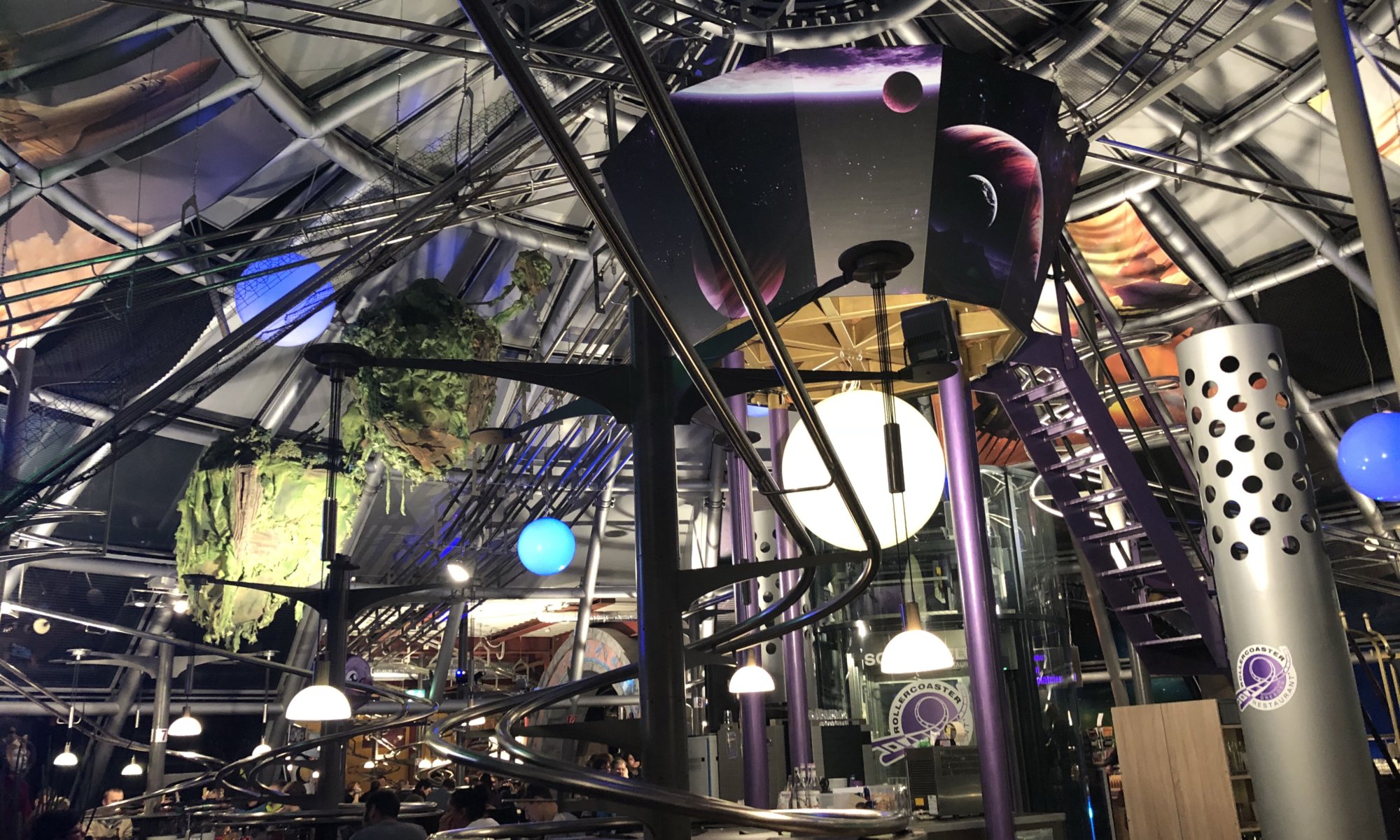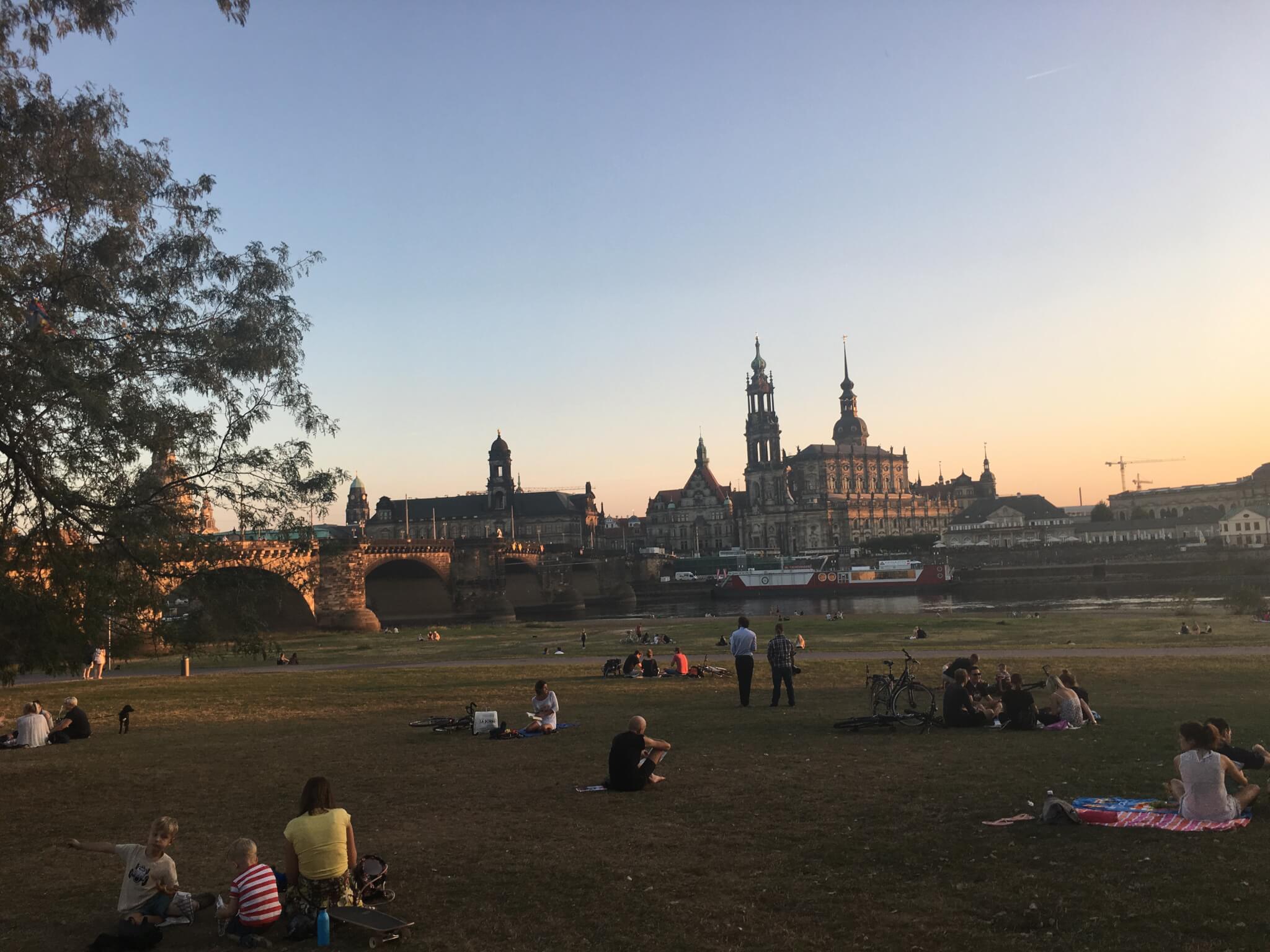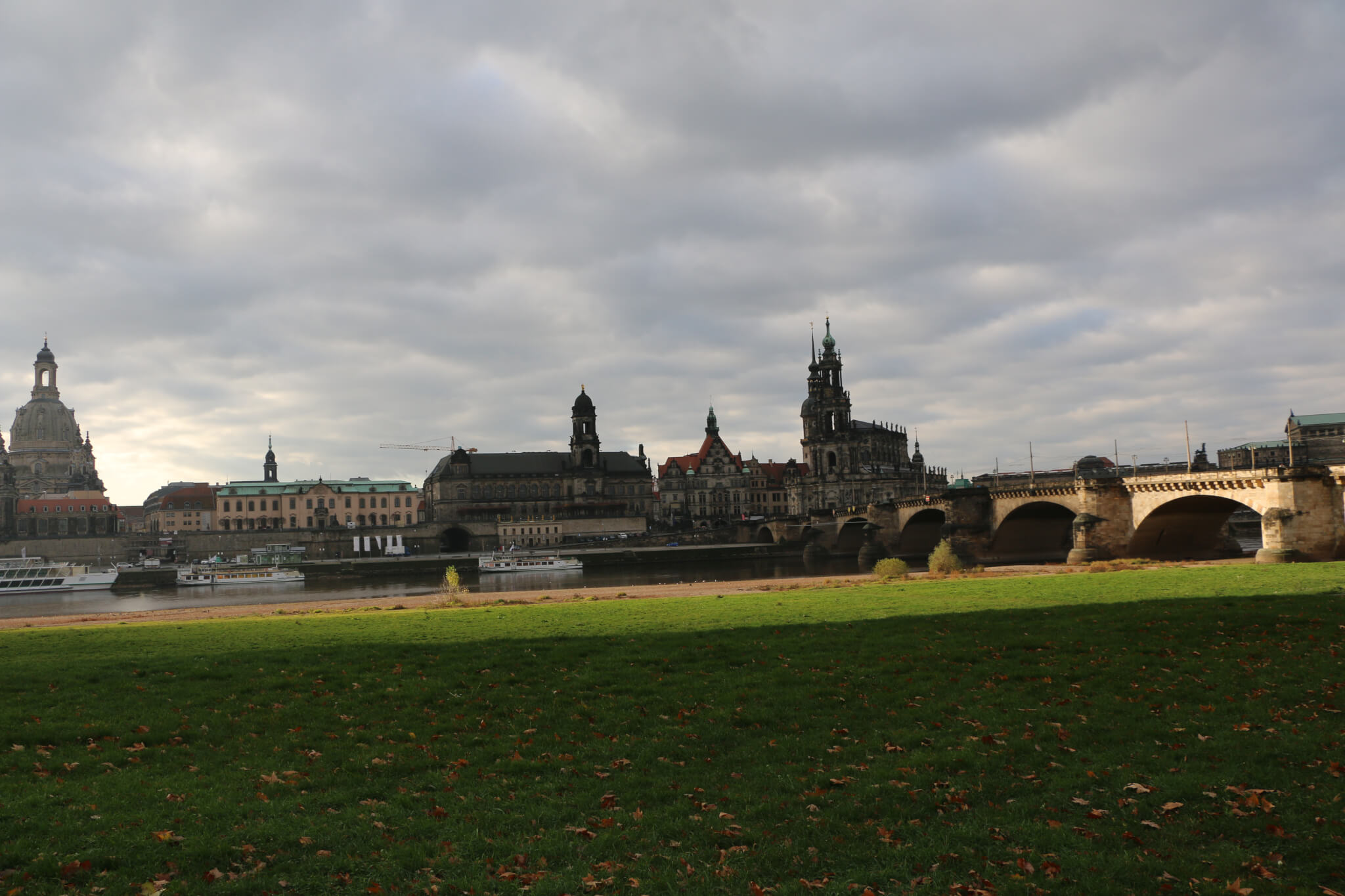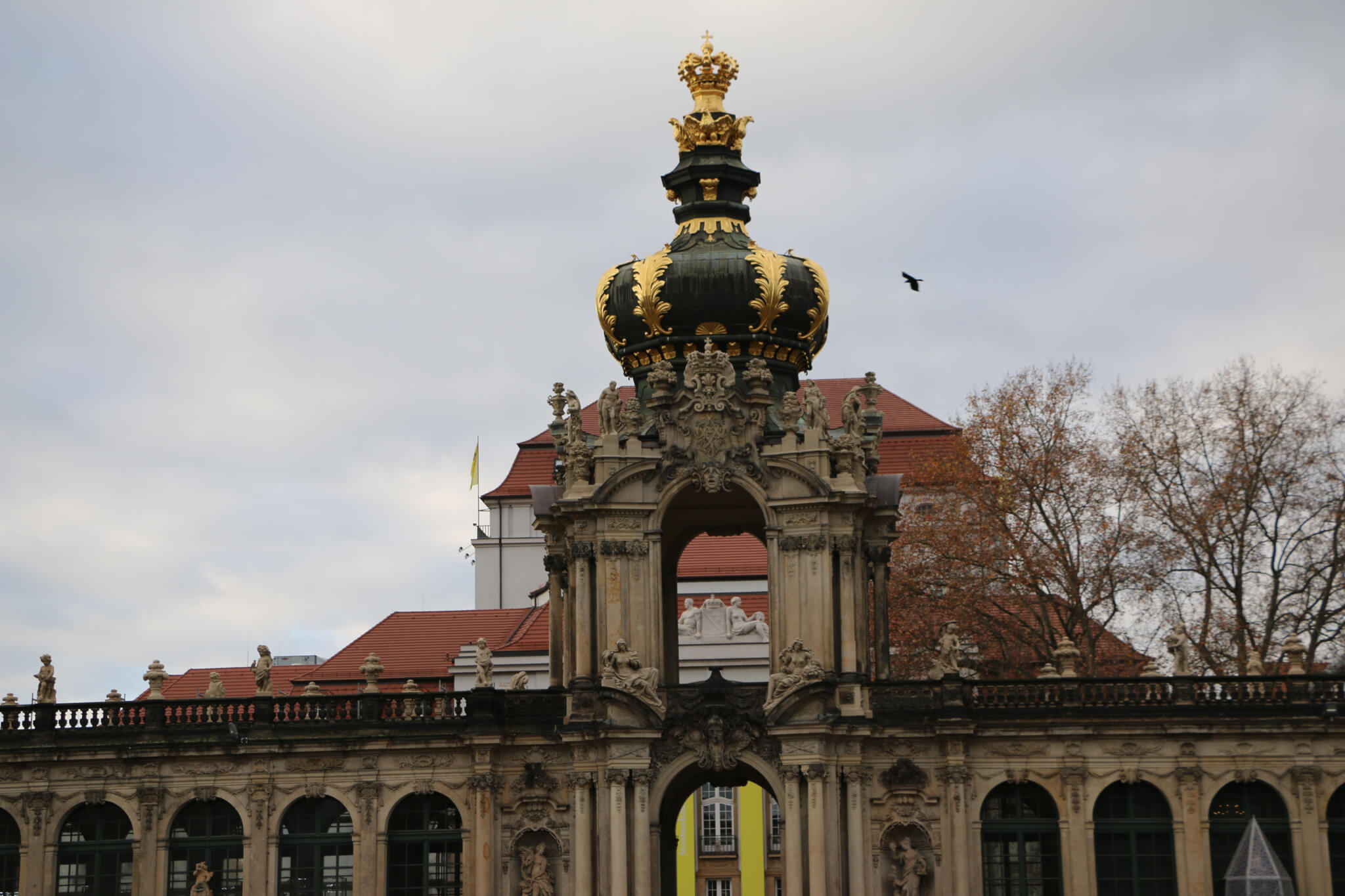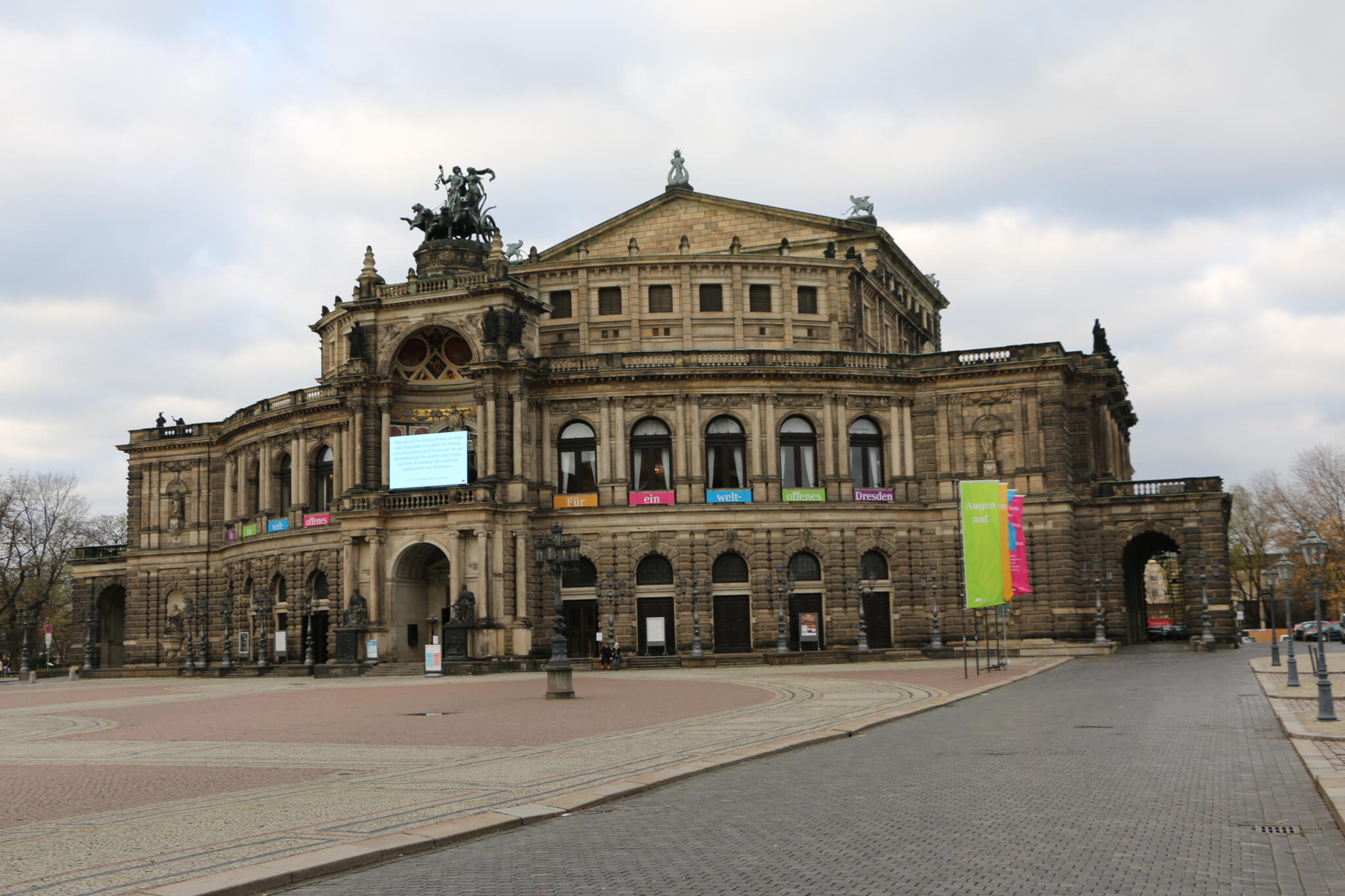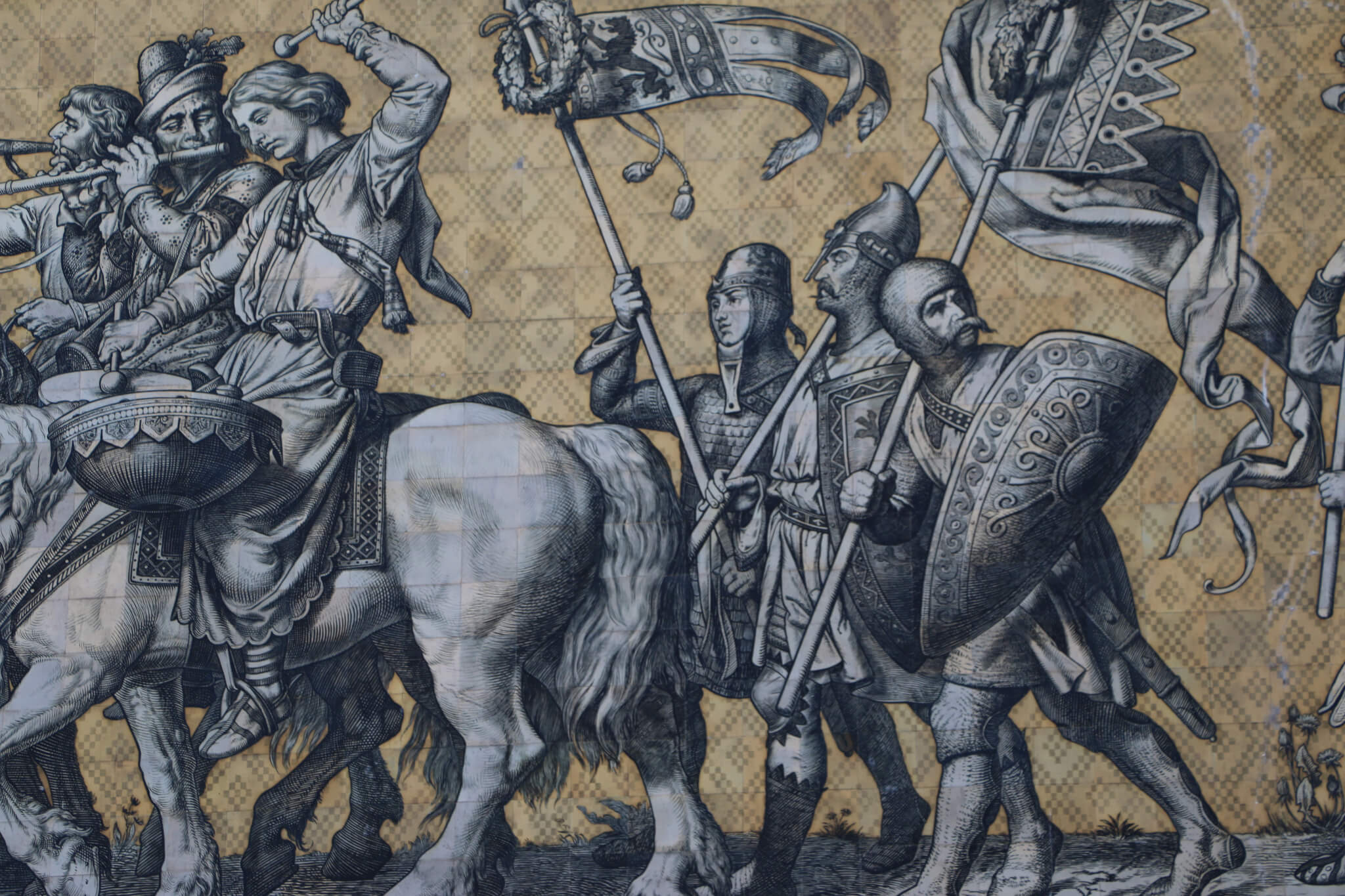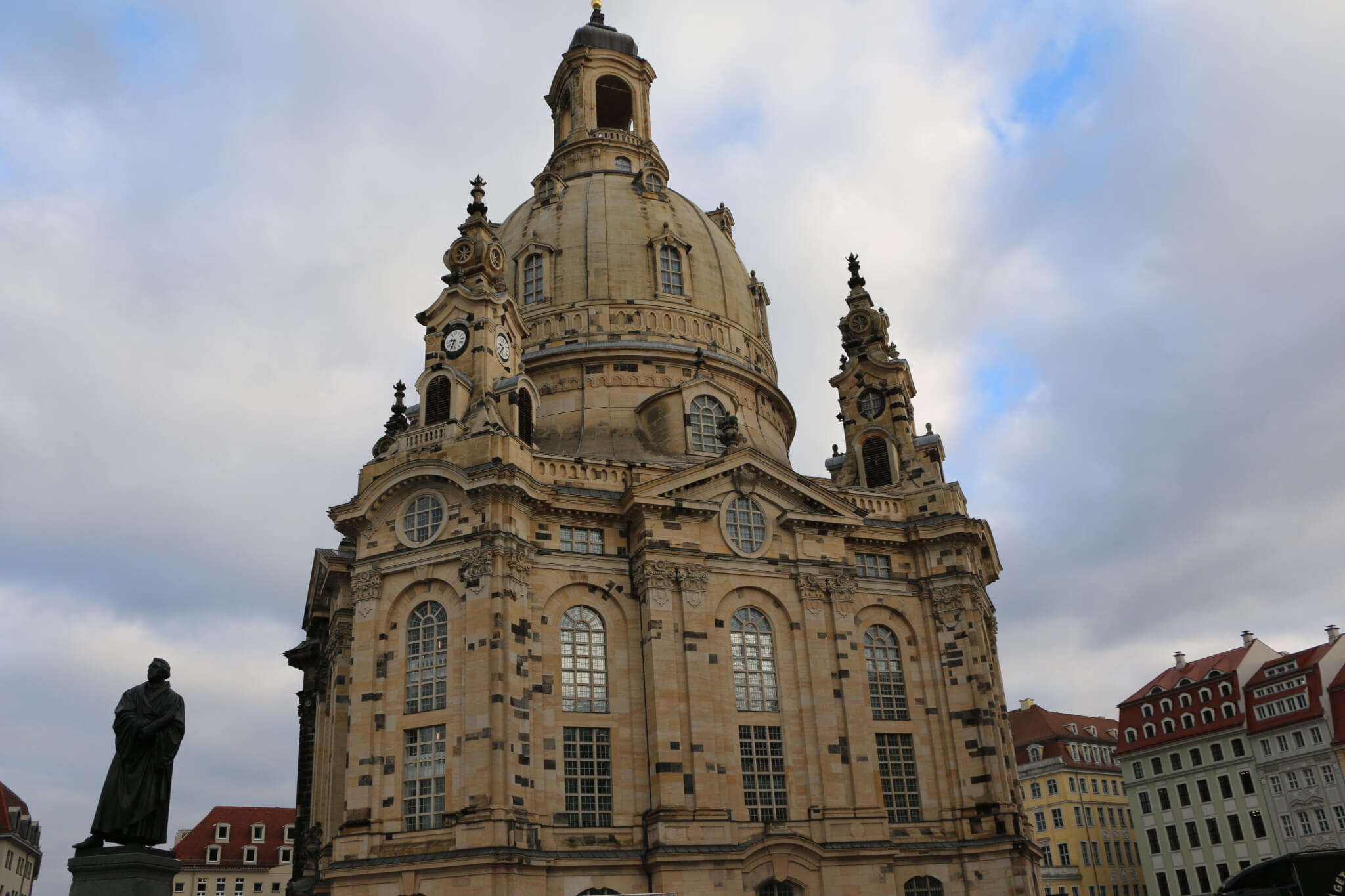I had to wait several years until I had the chance to attend a live concert of Mando Diao – a Swedish band I listened to intensively for many many years. And then I found a concert at the Alter Schlachthof in Dresden, Germany that fitted well. And that is why we started a road trip. Continue reading “Sweden meets Dresden”
Blaues Wunder
The Loschwitzer Brücke (König-Albert-Brücke until 1912) is a 280 meters long metal bridge spanning the river Elbe in Dresden, Germany. It is an example for German engineering art as to allow ships passing unhindered it was not allowed to have pillars in the water. It is therefore commonly referred to not by its name but by the title Blaues Wunder (blue wonder). Continue reading “Blaues Wunder”
At the Schlachthof
The Alter Schlachthof is a concert hall in Dresden, Germany. It was opened in 1871 as the central slaughterhouse of the city. In 1907 a new slaughterhouse was opened on the grounds now used for fairs and therefore the Alter Schlachthof was closed. The buildings were used as a storage area by different companies.
Continue reading “At the Schlachthof”
Agravic
The Schwerelos (“Agravic“) is a funny restaurant in the Kugelhaus directly north of the main railway station of Dresden, Germany. The food is good but nothing really special. The highlight of the restaurant is the way how they serve food and drinks: on a rollercoaster-like system through the air. Continue reading “Agravic”
Canaletto view
In 1748 the painter Bernardo Bellotto – better known as Canaletto – painted the famous picture “Dresden From the Right Bank of the Elbe Below the Augustus Bridge“. The title says it all, it is a wonderful depictation of the “skyline” of Dresden, Germany – including all those wonderful buildings close to the Elbe. Continue reading “Canaletto view”
Elbflorenz
Always bad news from Dresden, Germany: every monday a movement of anti-islamic and xenophobic citizens demonstrates their view on politics, inviting speakers that even cross the border to fascist statements. And the crude excesses at the asylum-seeker housing in close-by Heidenau. And the violence-prone “fans” of the soccer club Dynamo Dresden. A city to avoid?
A squiggled orangery
One of the mayor sights in Dresden, Germany is the “Zwinger” – an orangery and garden close to the river Elbe. It dates back to the 17th century and has been planned by famous architect Matthäus Daniel Pöppelmann. You can walk through the gardens, roam the terraces and enjoy the buildings in Baroque style.
The Semperoper
The opera of Dresden, Germany has been named after its architect Gottfried Semper and was built from the year 1838 on. It is one of the landmarks of Dresden and located close to the Zwinger and the river Elbe. It was destroyed twice: In 1869 and in 1945. And only in 1985 the building could be re-opened with a show of “Der Freischütz” from Carl Maria von Weber. One of the last positive moments for the government of the GDR.
Procession of Princes
The Fürstenzug in Dresden, Germany is a huge mural display attached to the castle within the city center. It has been painted from 1871 to 1876 and should celebrate the former sovereigns of Saxonia on the 800th anniversary of the Wettin family. It is 102 meters long and depicts 35 noblemen mounted on their horses.
Finally restored
I still remember the moment when I was standing in front of the Frauenkirche (Church of Our Lady) in Dresden, Germany the first time in my life. It was a ruin. Big blocks of stone were lying around. The government of the GDR had no interest in repairing a house of prayer and left it standing in ruins – as a memorial of war.
Continue reading “Finally restored”